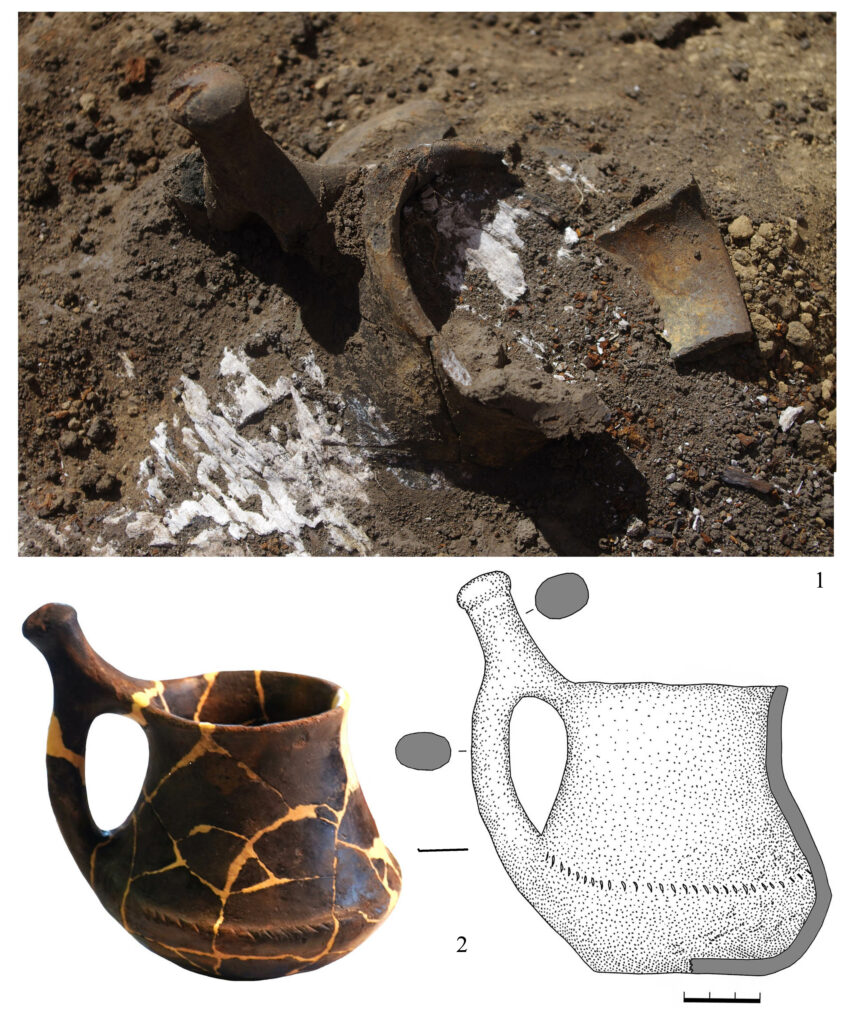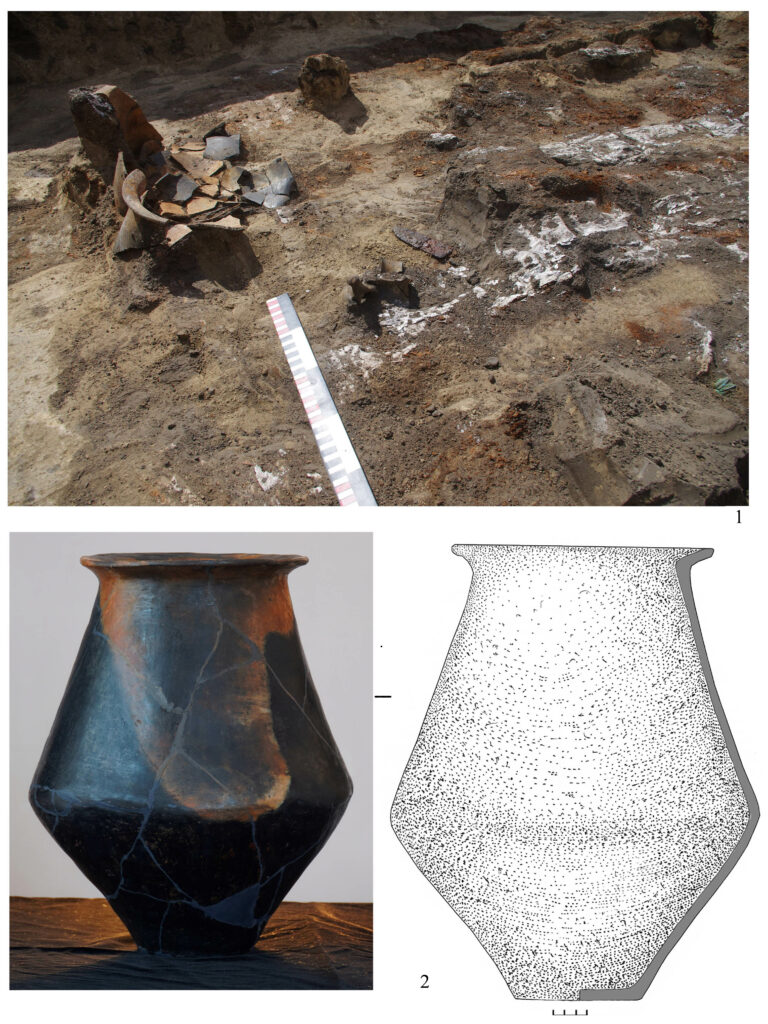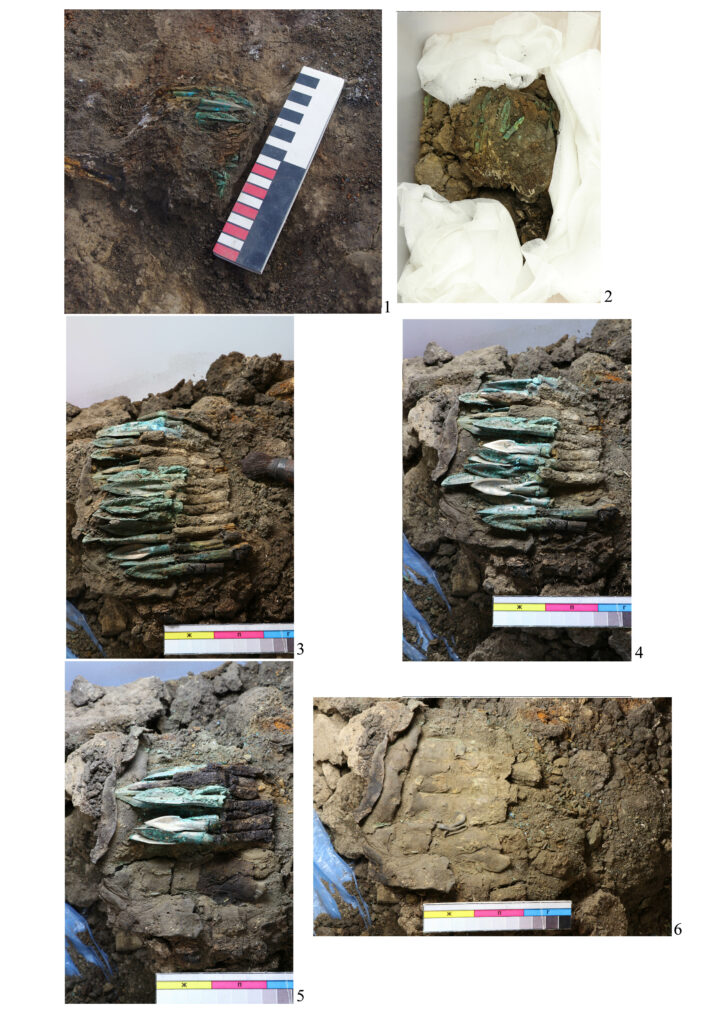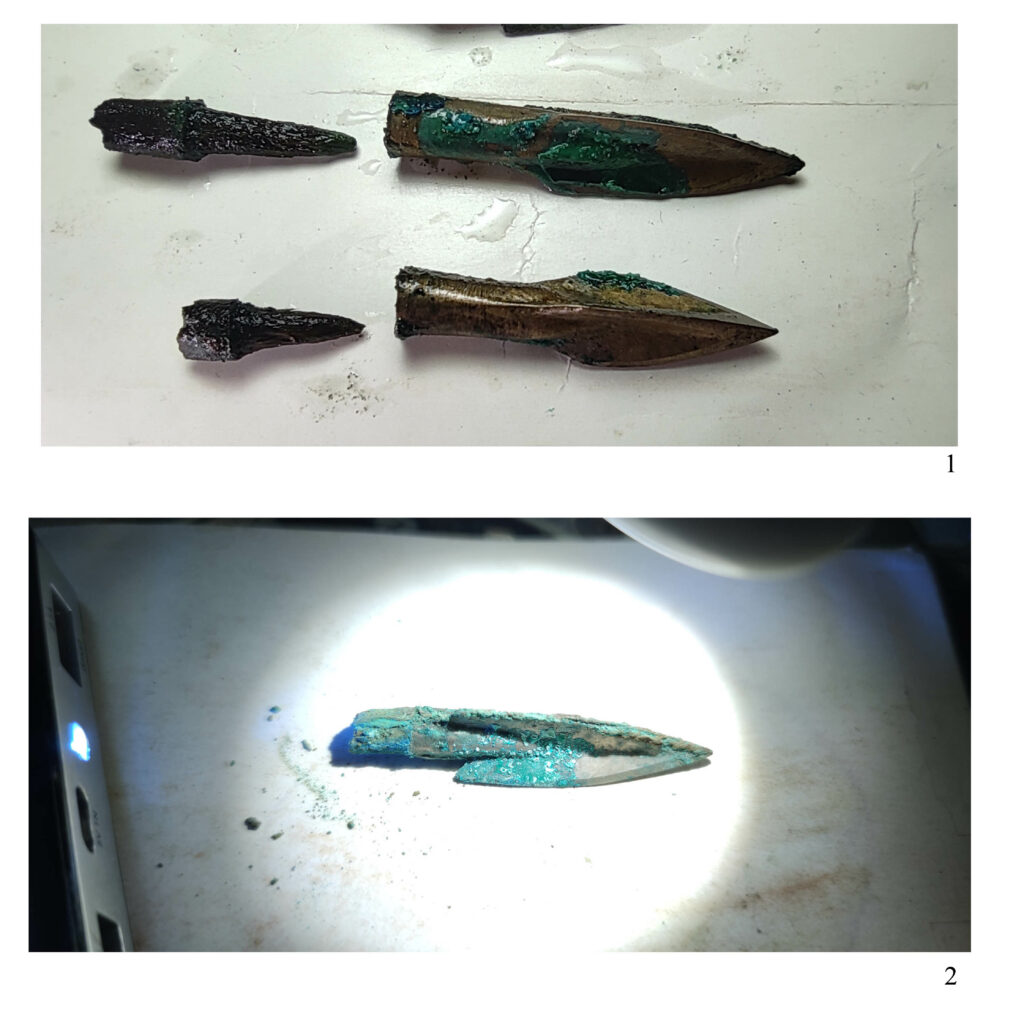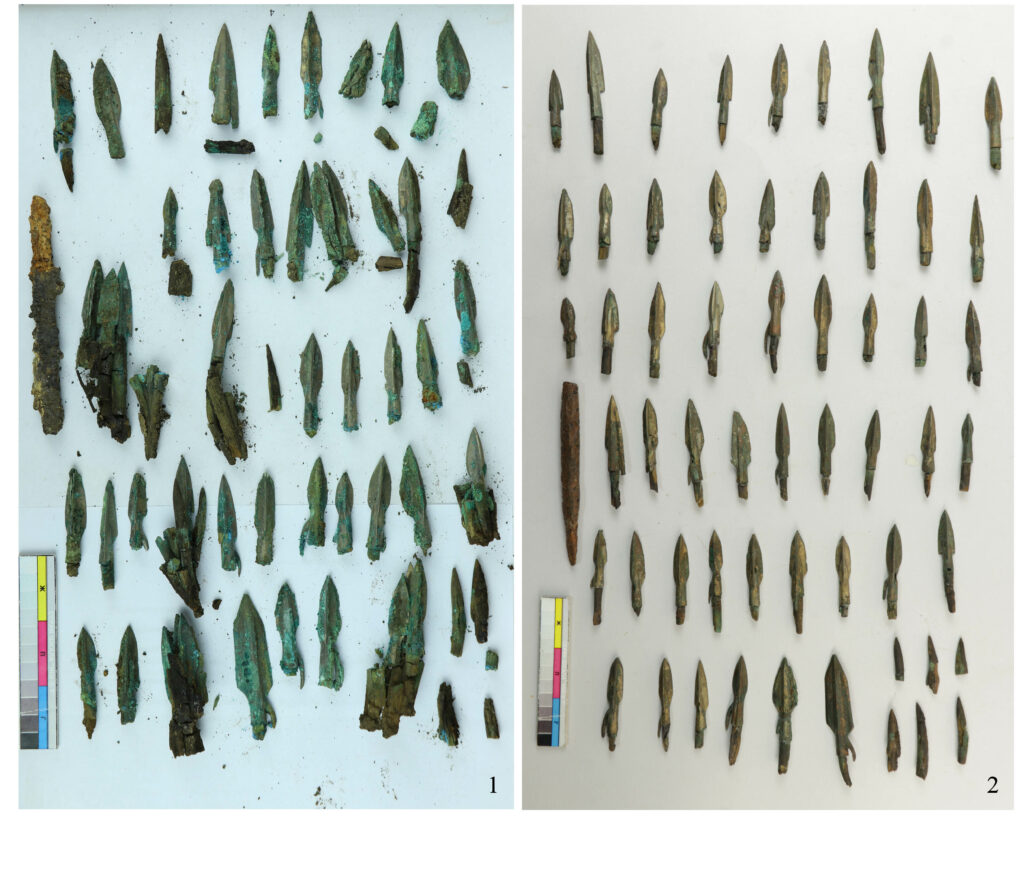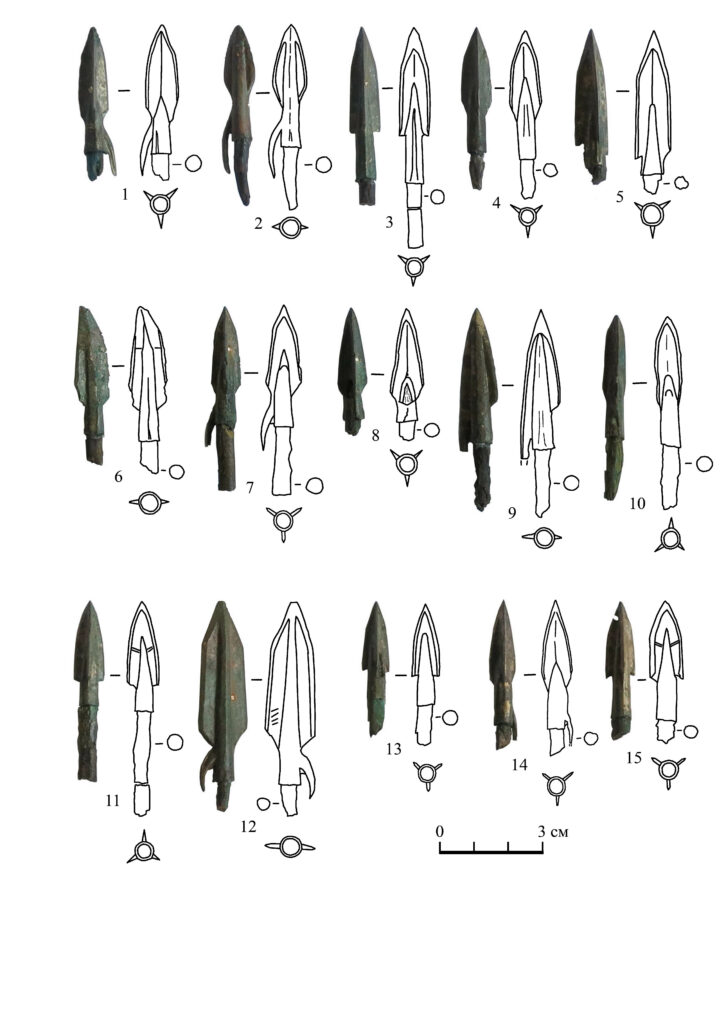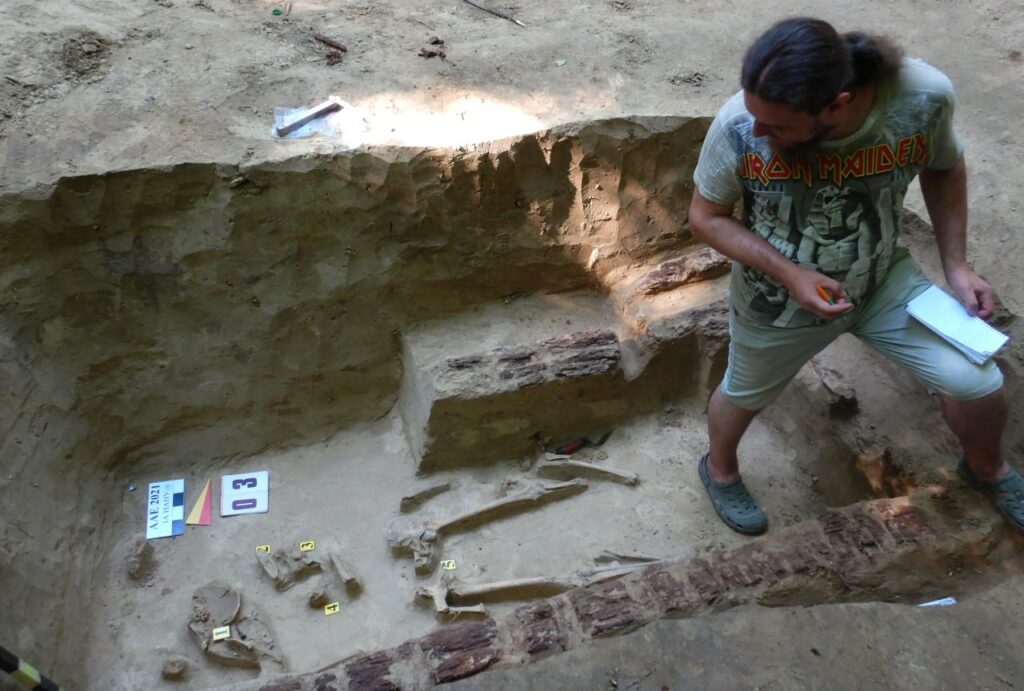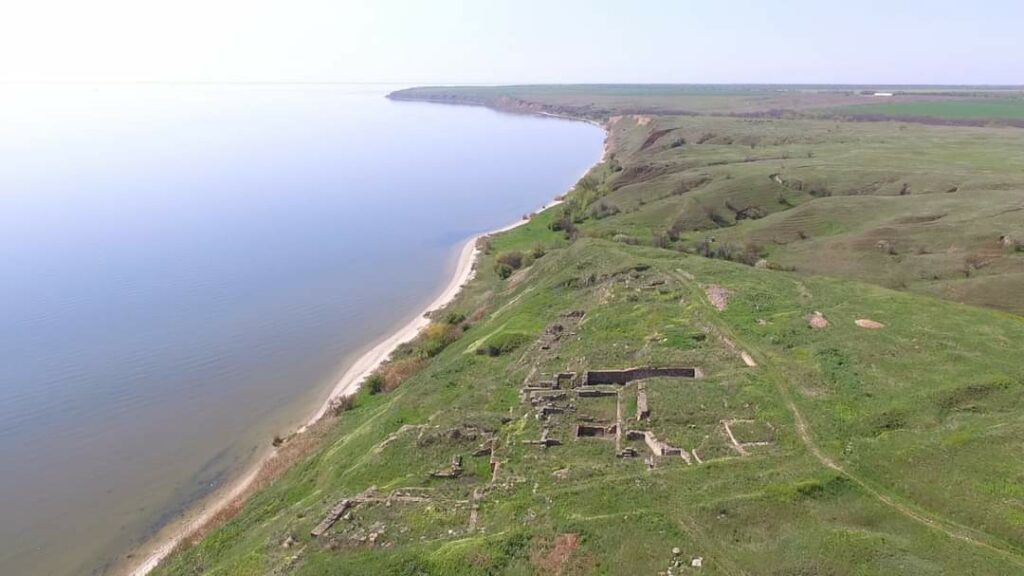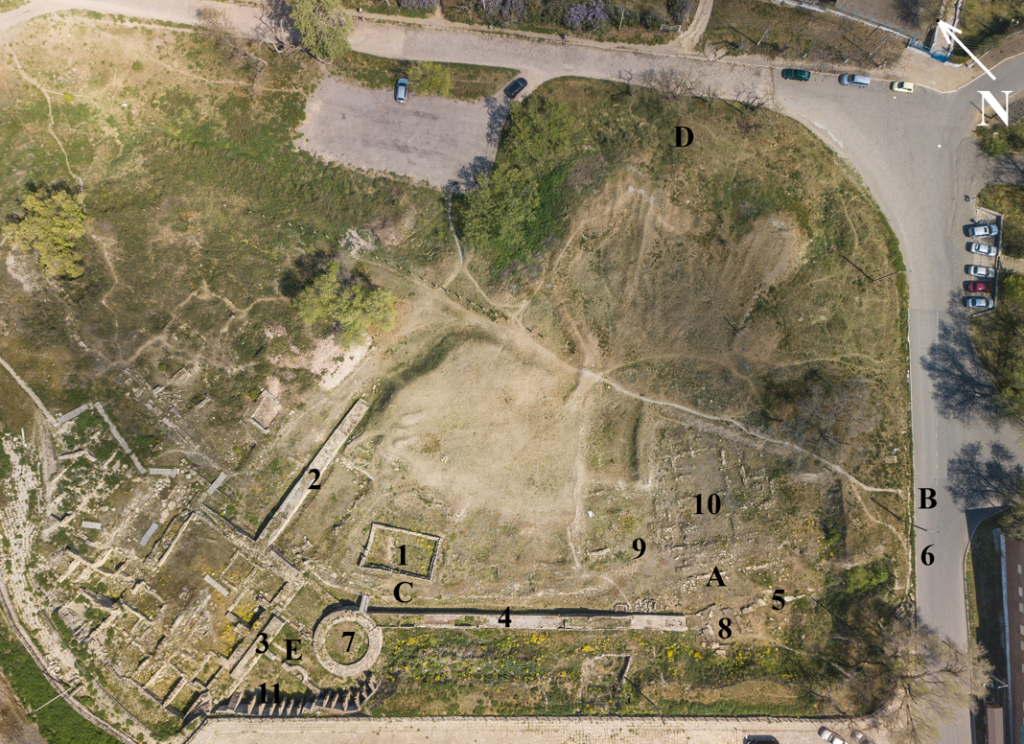Bilsk, located in the Poltava region of Eastern Ukraine, is among the largest Early Iron Age sites in Europe and a key site in Scythian archaeology. Several projects within our scholarship program are devoted to the documentation, preservation, and investigation of archaeological remains from Bilsk and its surroundings. Denys Grechko, Leading Researcher at the Institute of Archaeology of the National Academy of Sciences of Ukraine, investigates a particular burial context at Bilsk that provides evidence for long-range mobility and is probably related to important events that took place in Central Europe.
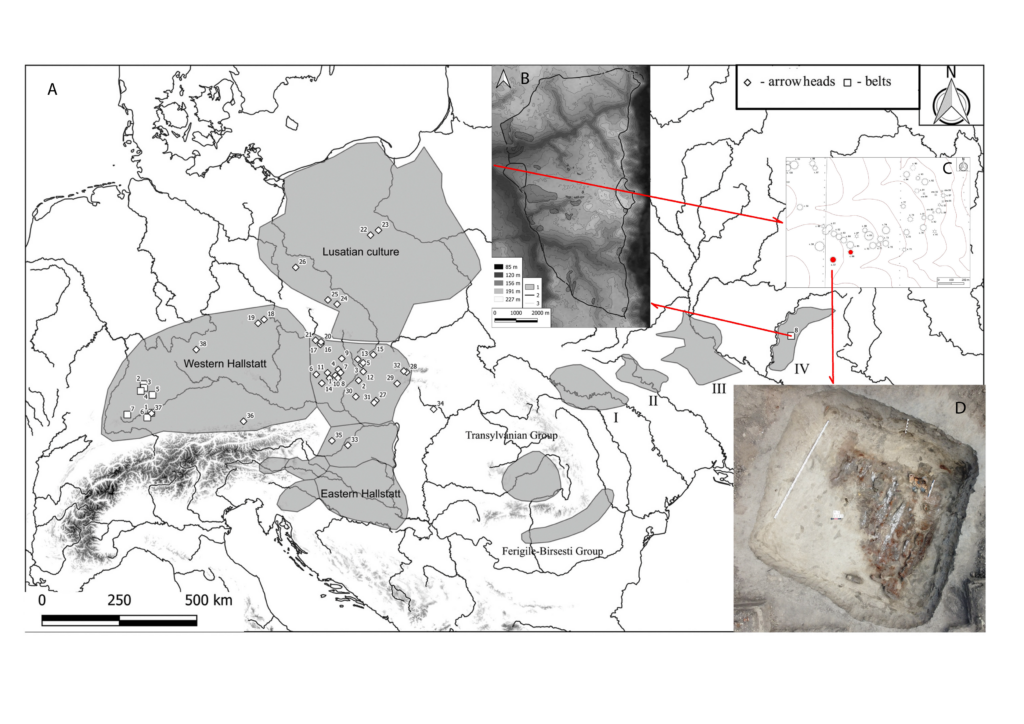
Each year expeditions at the Bilsk hillfort yielded new discoveries, which were published quite intensively. Unfortunately, this tradition has been interrupted by the full-scale military invasion of the russian federation to Ukraine.
The exploration of the Bilsk archaeological complex provided evidence for intensive interactions of its inhabitants with peoples of Central Europe in the Hallstatt period (Fig. 1). The recent finds of trophies from the Western Hallstatt region in the Bilsk necropolis (excavations by Iryna Shramko) allowed me to hypothesize that a part of its inhabitants might have participated in the invasion into the Upper Danube area, where they might have been involved in the destruction of the “oldest city north of the Alps”, Heuneburg (Herodotus’ Pyrene?).
In 2020, a warrior grave with a quiver containing arrowheads was explored. These arrowheads are similar to the ones discovered in Smolenice-Molpir and other fortified sites, which were destroyed by the nomad invasion into the Late Hallstatt Central Europe.
The project aims at the publication of this extremely interesting and important burial assemblage. The first working steps included restoration and conservation of the finds from this complex. Restoration of the pottery vessels has been made by the restorer of the Bilsk historic and cultural reserve, Anatoliy Shtanko (Figs. 2–3).
The most difficult work on the restoration and conservation of the quiver and arrows (Figs. 4–5) was carried out with the comprehensive support of Ihor Korost, the director of the Bilsk Historical and Cultural Reserve, by the senior restorer of the National Research Restoration Center of Ukraine, Kharkiv branch, Volodymyr Bolotin.
After restoration and conservation, we have started to work with 51 bronze arrowheads (Fig. 6). They were photographed and drawn by Dmytro Karavaiko during the second stage of work (Fig. 7).
The typological analysis conducted in the following working steps has shown that the arrowhead set belongs to the time of the eve of the “Scythian invasion” into Central Europe. Several synchronous complexes could be distinguished (Mamai-Gora, barrow 377, Gladkovshina, barrow 4, Lebedi-V, barrow 11 and others). It is very important to identify the invaders, who moved to the West and plundered the Lusatian and East Hallstattian lands several years later.
Denys Grechko
